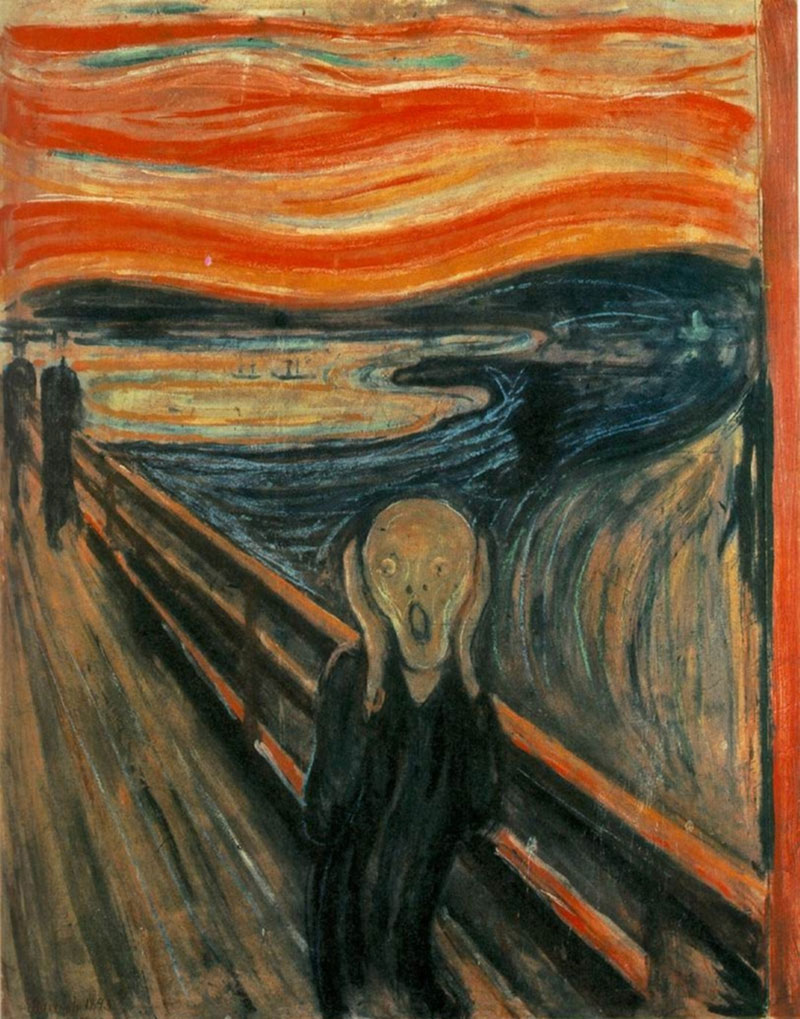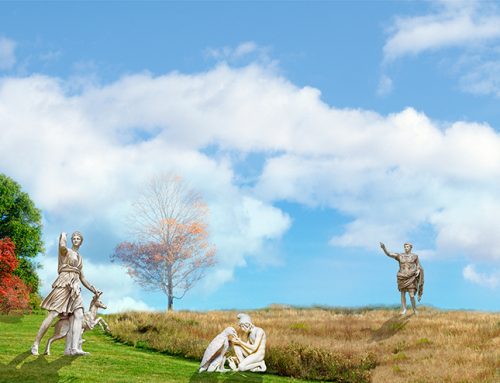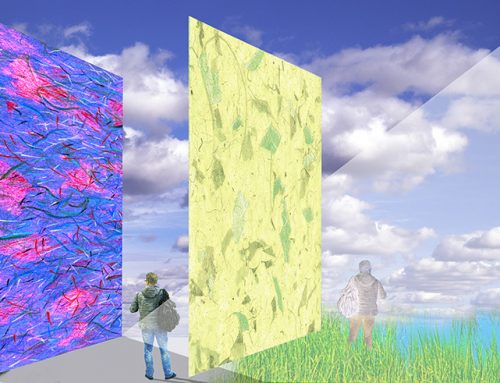Art Symbolism: “The Scream” 1893 – Edward Munch
Image source Wikimedia
Art Symbolism
Art Symbolism in this article refers to the use of symbols in a painting to represent ideas or qualities.
This was an art movement that originated in late 19th century France and Belgium, in the period of time between 1886-1900. It emerged in poetry and spread to all forms of visual art. The most important figures of this movement were Mallarmé, Maeterlinck, Verlaine, Rimbaud, and Redon. The main theme or stylistic expression of its’ members were to use symbolic images to express ideas or emotions. The movement itself was a reaction to realism and naturalism. The art that was produced by the artists of this movement had strong connections to Romanticism and the Pre Raphaelites.
The name “symbolist” itself was first applied by the critic Jean Moréas, who invented the term to distinguish the Symbolists from the related “Decadents”. The manifesto of this group was first published in 1886. Symbolists believed that art should represent absolute truths that could only be described indirectly (Wikipedia).
The symbolists were searching for a deeper reality from within their dreams and subconsciousness.
“Symbolist painters and sculptors were inspired by literature and poetry of the day, as well as the history, legends, myths, Biblical stories and fables of the past. In expressing themselves, symbolist artists endowed their subjects (eg. women, heroic males, flowers, landscapes, animals), with mythological or other esoteric meanings. Many artists turned to stimulants like alcohol and drugs to fuel their imagination. Favorite symbolist subjects included: sensual issues, religious feelings, occultism, love, death, disease, and sin, while decadence was a common feature.” (http://www.visual-arts-cork.com)
The later “Art Noveau” movement is considered to be a subcategory of the “Symbolism” movement.
The most famous Symbolist painting is by the Norwegian painter Edvard Munch – The Scream (1893) National Gallery, Oslo.
Recommended reading on the artgreeT blog: Famous paintings Surrealism Renaissance art Narrative art Art Styles






